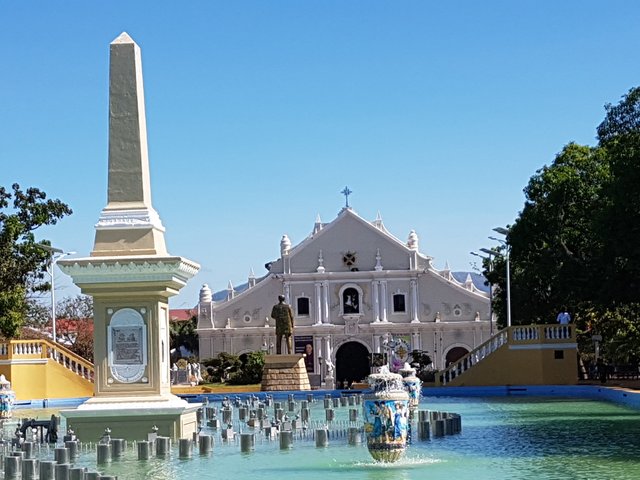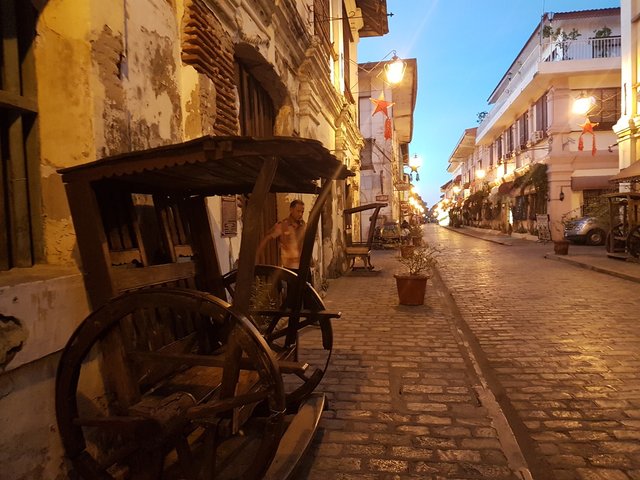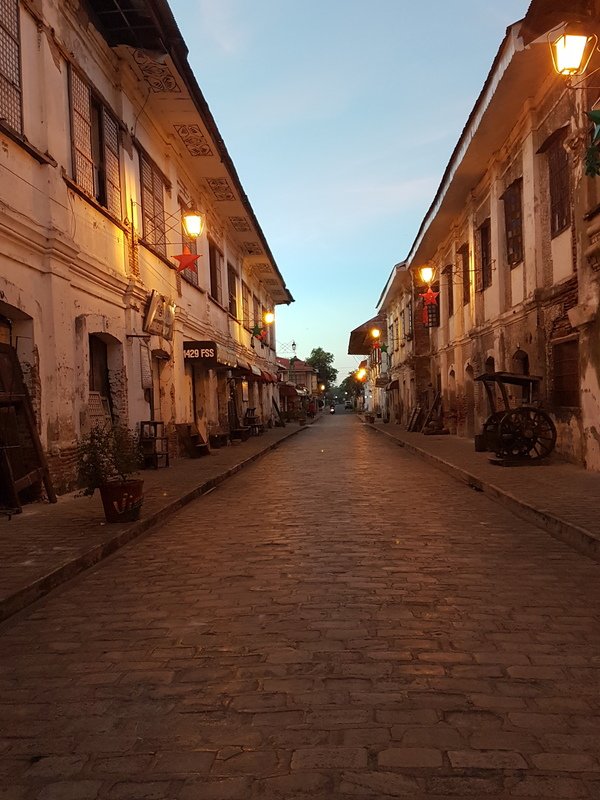VIGAN: the oldest surviving Spanish colonial city in the Philippines Part 1

Plaza Salcedo facing St. Paul's Cathedral. The Cordillera ridges can be seen in the background.According to the history books, VIGAN was established in the 16th century. As the capital city of Ilocos Sur, it is located on the west coast of Northern Luzon, north of Manila.
I thought it wasn't a special place when I was younger. A place of my birth as it has the only hospital back then. As a child, we went to Vigan for its' market, banks, grocery stores, appliances, getting the bus to Manila etc. We go to VIGAN for about almost everything as it is so near our small town. Going to high school there as well didn't help change that perception. To me it looked "normal".
Or so I thought
About 400 kilometers from the country's capital MANILA, Vigan was included in the UNESCO World Heritage list in 1999.
It's inclusion is due to the preservation of around 187 residential, institutional, commercial and religious structures that transport visitors to the past.
Vigan during the Spanish period
Through the years, Vigan has been the North's center of economy and a political center because of its' wealth.
Beginning in 1595, through a papal bull by Pope Clement VIII, a diocese called Nueva Segovia in the Northest part of Luzon was transferred to Vigan due to flooding during the wet season and its' bishop was in danger of catching Malaria.
In 1755, the request for transfer to the King of Spain was made which was approved by Pope Benedict X1V and King Fernando VI in September 1758. Through the approving royal decree, Vigan was also elevated to city status with the name Ciudad Fernandina de Vigan.
Spanish influence
It's not just Vigan where Spanish influences can be seen around the Ilocos region. But for now, I will focus on Vigan.

Local tourists from further towns and Manila have been coming to Vigan for years. Its' allure comes from the old Spanish houses along Calle Crisologo. Made of bricks that are produced locally, with capiz windows on wood. Calle Crisologo as well was made of cobbled-stones, reminiscent of Spain perhaps or any old European city?

Souvenir stores and antique shops can be found along Calle Crisologo. These pictures above were taken before 7 Am few days ago. It's the best time to visit with no crowd although there were few people at that time with the same idea as ours.
www.vigan.ph
To be continued...
All images are mine and were taken with my Samsung Galaxy S7. Badge courtesy of @elyaque..big thanks!
